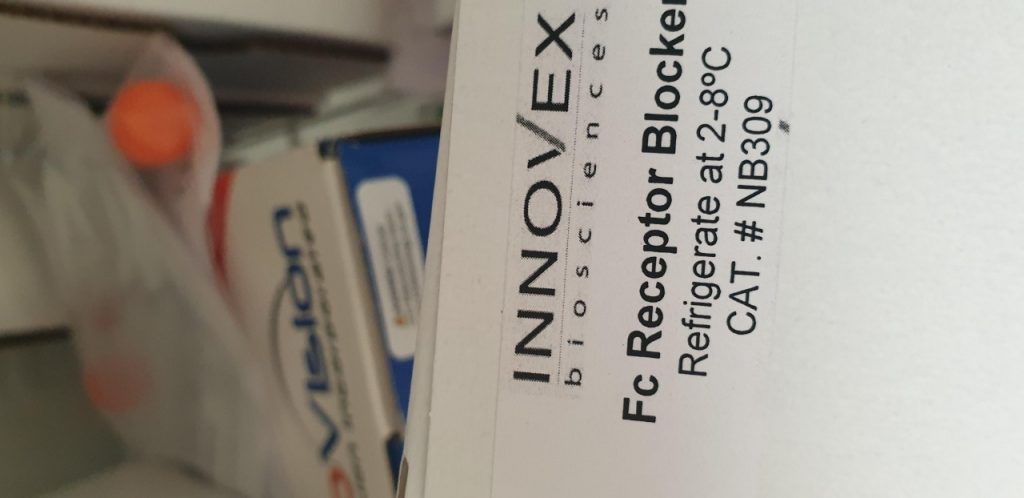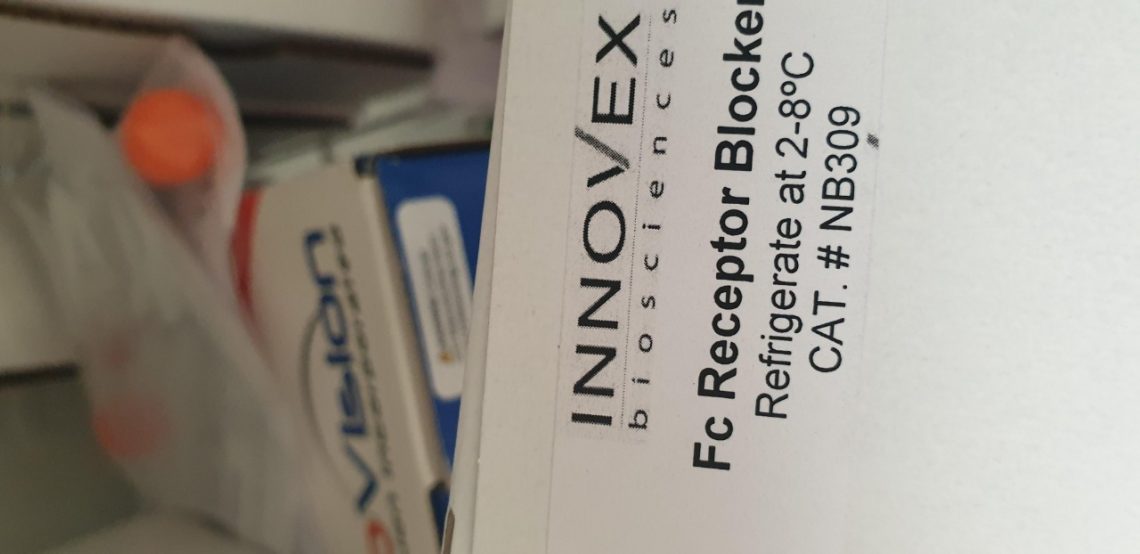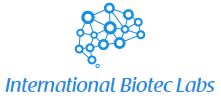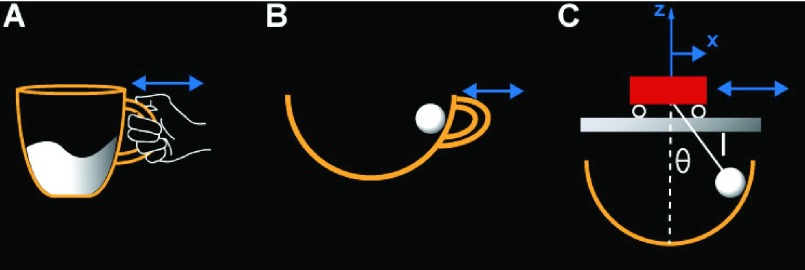Biomedical articles share annotations with their citation neighbors
Background: Numerous efforts have been poured into annotating the wealth of knowledge contained in biomedical articles. Thanks to such efforts, it is now possible to quantitatively explore relations between these annotations and the citation network at large scale.
Results: With the aid of several large and small annotation databases, this study shows that articles share annotations with their citation neighborhood to the point that the neighborhood’s most common annotations are likely to be those appearing in the article.
Conclusions: These findings posit that an article’s citation neighborhood defines to a large extent the article’s annotated content. Thus, citations should be considered as a foundation for future knowledge management and annotation of biomedical articles.
New insight into the synthesis, morphological architectures and biomedical applications of elemental selenium nanostructures
Selenium nanoparticles have been shown to be versatile in their applications by being used in catalysis, solar cells, electronic devices and especially in medical applications such as antiviral, anticancer, antitumor and antibacterial agents in different concentrations. They have also shown enhanced drug and gene delivery by conjugating with drug molecules and showing high synergistic effects. After realising their usefulness in the biomedical field, we have made a sincere effort to correlate and consolidate the recent developments made in their synthesis methods, structural features and biological applications. This review paper highlights the three preparation methods, being the chemical, physical and biological approaches. The variation in the different techniques employed for synthesis and the different parameters and process conditions dictating the size and morphology are discussed. The importance and influence of various reducing agents used in the chemical method, pulsed laser ablation technique in the physical method and green plant extract microorganism in the biological approach have been explored. The detailed structural features of trigonal crystalline structures, with different nanoscaled morphologies such as nano spheres, rods, wires, tubes and belts have also been explored. An overview of selenium nanoparticle activity in various biomedical applications such as anticancer, antioxidant, antiviral, antibacterial, antifungal, antiparasitic, and antidiabetics is discussed.

Guidelines for Editing Biomedical Journals: Recommended by Academy of Medical Sciences of Bosnia and Herzegovina
Background: Enormous number of medical journals published around the globe requires standardization of editing practice.
Objective: The aim of this article was to enlist main principles of editing biomedical scientific journals adopted at annual meeting of Academy of Medical Sciences of Bosnia & Herzegovina (AMSB&H).
Methods: The evidence for writing this Guideline was systematically searched for during September 2020 in the PUBMED and GOOGLE SCHOLAR databases. The inclusion criteria were: original studies, systematic reviews, invited expert opinions, guidelines and editorials. The exclusion criteria were narrative reviews and uninvited opinion articles. The retrieved evidence was analyzed by members of the AMSB&H, then discussed at 2020 annual meeting of the AMSB&H and adopted by nominal group technique.
Results: In total 14 recommendations were made, based on A to C class of evidence. The editors should educate potential authors and instruct them how to structure their manuscript, how to write every segment of the manuscript, and take care about correct use of statistical tests. Plagiarism detection softwares should be used regularly, and statistical and technical editing should be rigorous and thorough. International standards of reporting specific types of studies should be followed, and principles of ethical and responsible behavior of editors, reviewers and authors should be published on the journal’s web site. The editors should insist on registration of clinical studies before submission, and check whether non-essential personal information is removed from the articles; when essential personal information has to be included, an article should not be published without signed informed consent by the patient to whom these information relate.
Conclusions: Principles of editing biomedical scientific journals recommended in this guideline should serve as one of the means of improving medical journals’ quality.
Using Machine Learning to Collect and Facilitate Remote Access to Biomedical Databases: Development of the Biomedical Database Inventory
Background: Currently, existing biomedical literature repositories do not commonly provide users with specific means to locate and remotely access biomedical databases.
Objective: To address this issue, we developed the Biomedical Database Inventory (BiDI), a repository linking to biomedical databases automatically extracted from the scientific literature. BiDI provides an index of data resources and a path to access them seamlessly.
Methods: We designed an ensemble of deep learning methods to extract database mentions. To train the system, we annotated a set of 1242 articles that included mentions of database publications. Such a data set was used along with transfer learning techniques to train an ensemble of deep learning natural language processing models targeted at database publication detection.
Results: The system obtained an F1 score of 0.929 on database detection, showing high precision and recall values. When applying this model to the PubMed and PubMed Central databases, we identified over 10,000 unique databases. The ensemble model also extracted the weblinks to the reported databases and discarded irrelevant links. For the extraction of weblinks, the model achieved a cross-validated F1 score of 0.908. We show two use cases: one related to “omics” and the other related to the COVID-19 pandemic.
Conclusions: BiDI enables access to biomedical resources over the internet and facilitates data-driven research and other scientific initiatives. The repository is openly available online and will be regularly updated with an automatic text processing pipeline. The approach can be reused to create repositories of different types (ie, biomedical and others).





